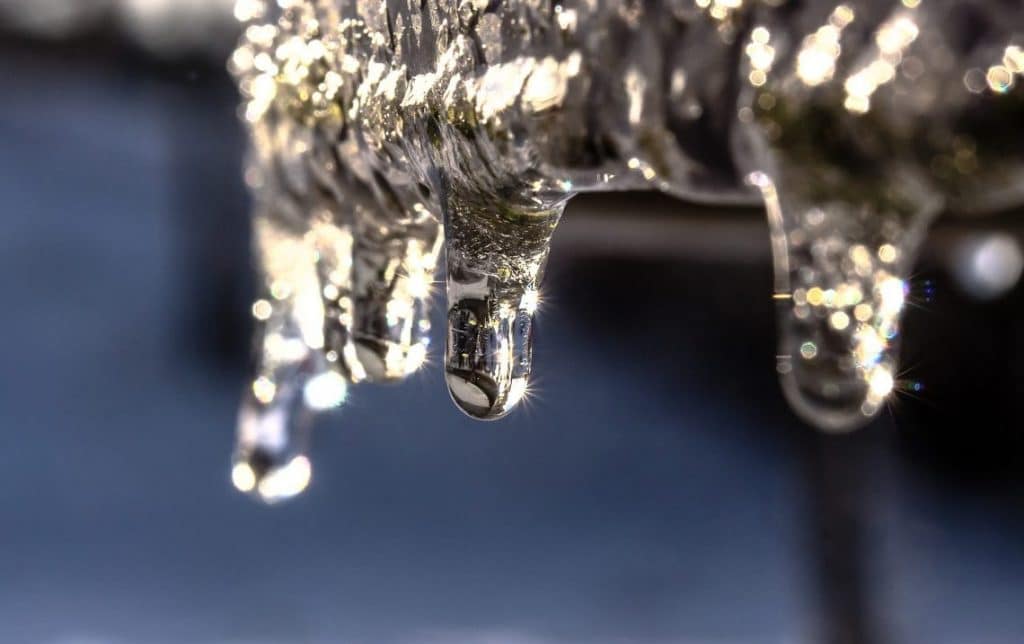Protect Against Frozen Pipes in Cold Weather: Pro Tips
Protect Against Frozen Pipes in Cold Weather: Pro Tips
Blog Article
In this article further down you can find a lot of high-quality insights concerning Preventing and dealing with frozen pipes.

Cold weather can damage your plumbing, particularly by freezing pipes. Here's exactly how to avoid it from happening and what to do if it does.
Introduction
As temperature levels drop, the risk of frozen pipes rises, potentially bring about costly fixings and water damages. Recognizing exactly how to prevent frozen pipelines is vital for homeowners in cold environments.
Avoidance Tips
Protecting at risk pipelines
Cover pipelines in insulation sleeves or utilize warm tape to secure them from freezing temperatures. Focus on pipes in unheated or exterior locations of the home.
Home heating methods
Keep indoor areas appropriately heated up, particularly locations with pipes. Open closet doors to enable warm air to flow around pipes under sinks.
Just how to determine icy pipes
Look for reduced water circulation from faucets, uncommon odors or sounds from pipelines, and visible frost on subjected pipelines.
Long-Term Solutions
Structural changes
Consider rerouting pipes far from outside walls or unheated areas. Add additional insulation to attic rooms, cellars, and crawl spaces.
Upgrading insulation
Buy top quality insulation for pipes, attic rooms, and walls. Proper insulation assists keep regular temperature levels and reduces the threat of frozen pipes.
Protecting Outside Pipes
Yard hose pipes and outside faucets
Disconnect and drain pipes garden hose pipes before winter months. Mount frost-proof spigots or cover exterior taps with insulated caps.
Recognizing Icy Pipes
What creates pipes to ice up?
Pipes ice up when subjected to temperatures listed below 32 ° F (0 ° C) for extended durations. As water inside the pipelines freezes, it increases, putting pressure on the pipeline wall surfaces and potentially creating them to burst.
Dangers and problems
Frozen pipes can bring about water system disruptions, property damage, and costly fixings. Ruptured pipelines can flooding homes and cause comprehensive architectural damages.
Signs of Frozen Pipeline
Recognizing frozen pipelines early can prevent them from rupturing.
What to Do If Your Pipes Freeze
Immediate activities to take
If you suspect frozen pipelines, keep faucets available to ease pressure as the ice thaws. Use a hairdryer or towels soaked in hot water to thaw pipelines slowly.
Conclusion
Avoiding icy pipes needs positive procedures and fast actions. By recognizing the reasons, signs, and preventive measures, homeowners can secure their plumbing throughout winter.
6 Proven Ways to Prevent Frozen Pipes and Protect Your Home
Disconnect and Drain Garden Hoses
Before winter arrives, start by disconnecting your garden hoses and draining any remaining water. Close the shut-off valves that supply outdoor hose bibs and leave the outdoor faucet open to allow any residual water to drain. For extra protection, consider using faucet covers throughout the colder months. It’s also important to drain water from any sprinkler supply lines following the manufacturer’s directions.
Insulate Exposed Pipes
Insulating your pipes is an effective way to prevent freezing. Pipe insulation is readily available at home improvement stores and is relatively inexpensive. Pay close attention to pipes in unheated areas such as the attic, basement, crawl spaces, or garage. Apply foam insulation generously to create a buffer against the cold. You can also wrap your pipes in heat tape or thermostat-controlled heat cables for added warmth.
Seal Air Leaks
Inspect your home for any cracks or openings that could let in cold air. Seal any holes around the piping in interior or exterior walls, as well as the sill plates where your home rests on its foundation. Additionally, make sure to keep your garage door closed unless you’re entering or exiting. Leaving it open creates a significant air leak that can lead to frozen pipes.
Allow Warm Air Circulation
During cold snaps, it’s essential to allow warm air to circulate evenly throughout your home. Leave interior doors ajar to promote better airflow. Open kitchen and bathroom cabinets to help distribute heat consistently around the rooms. If you have small children or pets, be sure to remove any household chemicals or potentially harmful cleaners from open cabinets for safety.
Let Faucets Drip
A small trickle of water can make a big difference in preventing ice formation inside your pipes. When temperatures drop significantly, start a drip of water from all faucets served by exposed pipes. This continuous flow helps prevent the water from freezing. Additionally, running a few faucets slightly can relieve pressure inside the pipes, reducing the chances of a rupture if the water inside does freeze.
https://choateshvac.com/6-proven-ways-to-prevent-frozen-pipes-and-protect-your-home/

As an avid reader on 6 Ways to Prevent Frozen Pipes, I thought sharing that excerpt was important. If you enjoyed our blog posting if you please do not forget to share it. Thanks so much for going through it.
Click For More Information Report this page